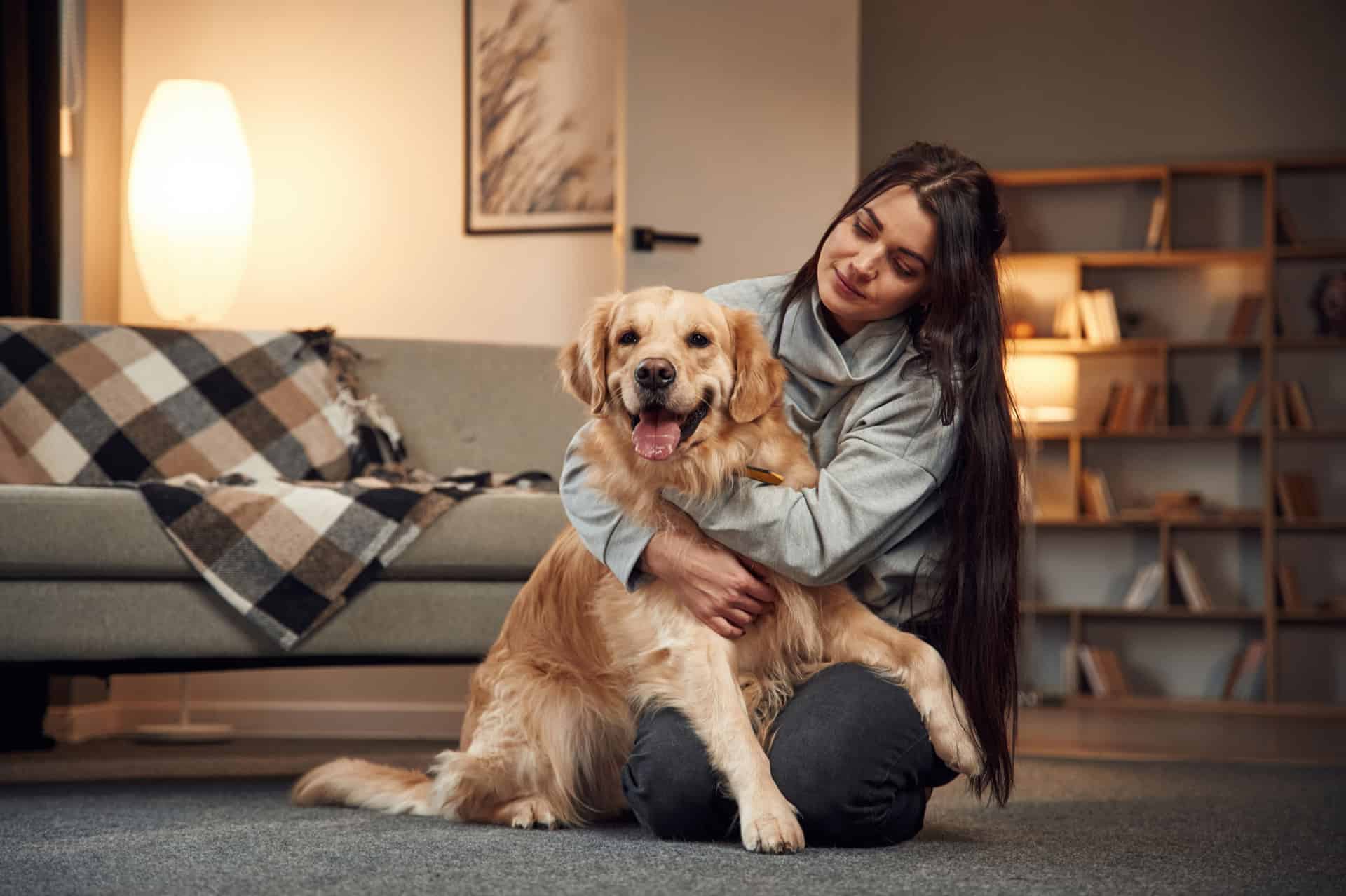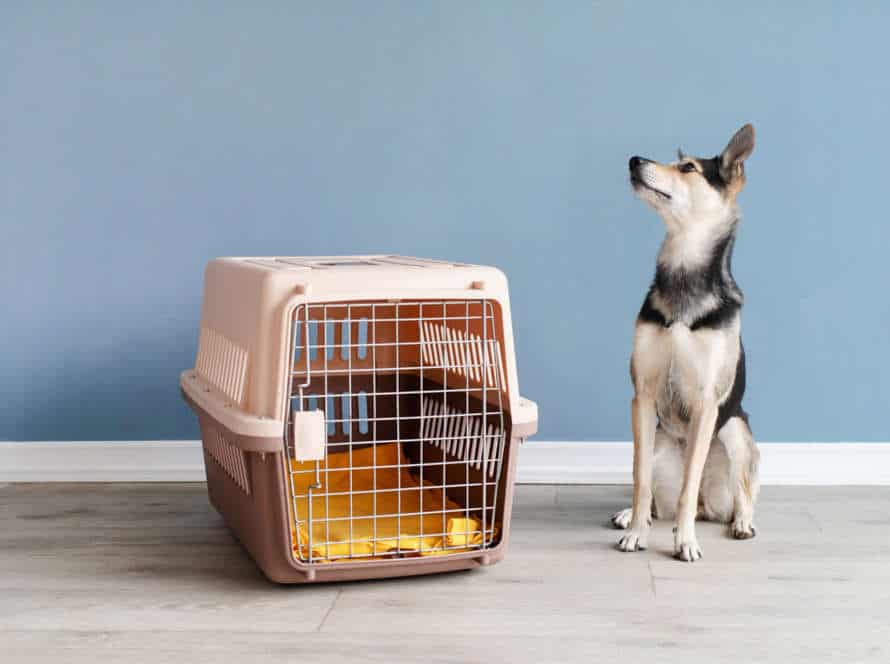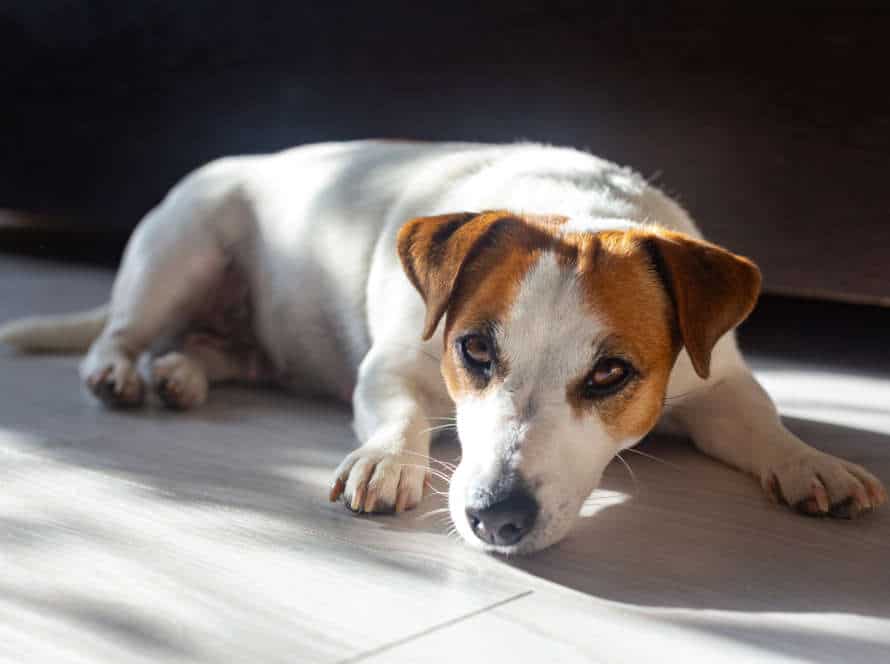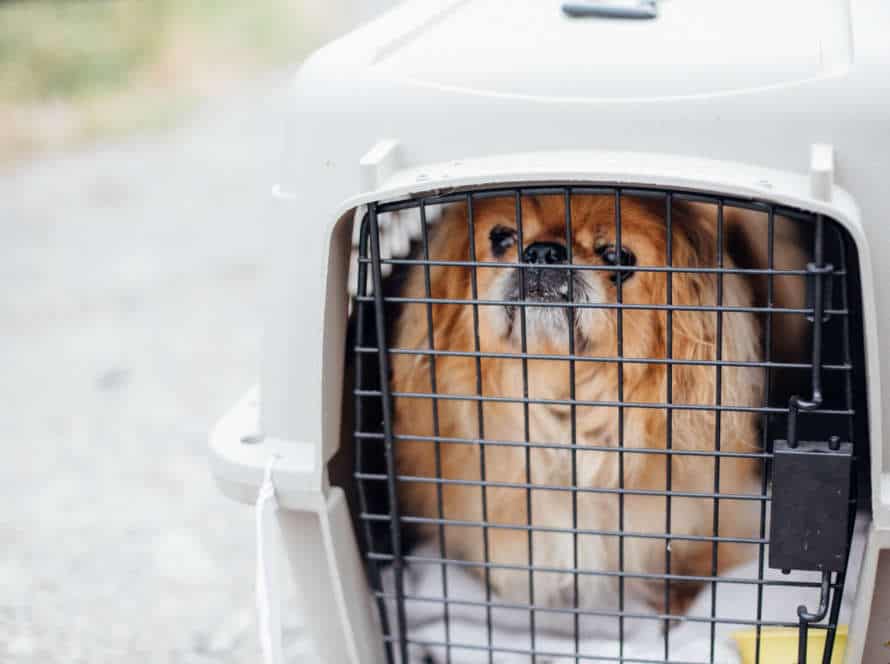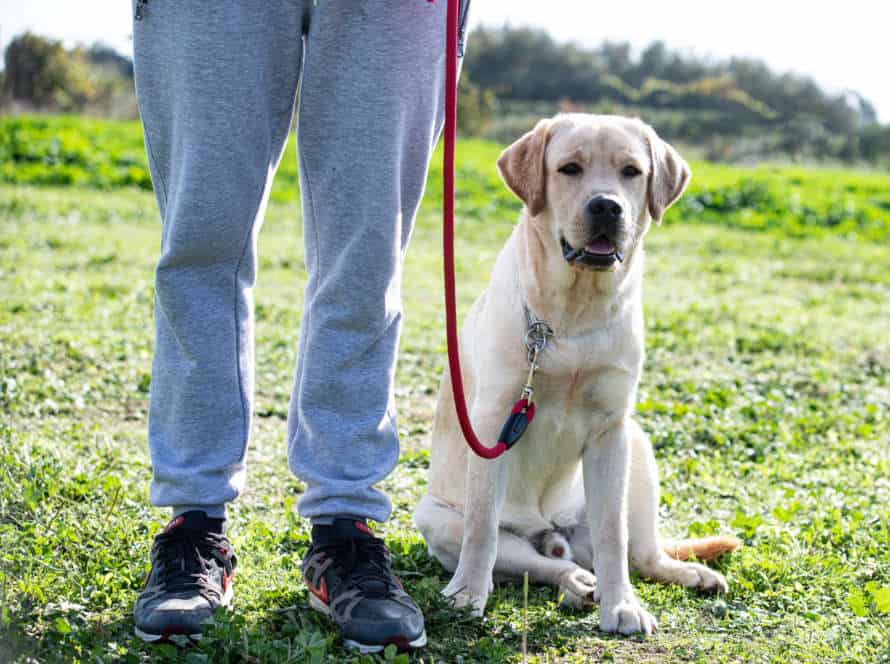Tailoring Your House Training Approach to Your Dog’s Unique Needs
House training your pup can be tough. But customizing it to their individual needs can make it much simpler and more successful. Here are some tips to do just that:
- Notice your pup’s behavior to figure out their special elimination pattern (e.g. how often they need to go out, where they like to go, etc.).
- Accommodate your routine based on their habits and preferences.
- Use positive reinforcements like treats and compliments to promote good behavior and prevent accidents.
- Be consistent and patient. Don’t punish or scold them for mistakes.
By customizing the house training process to your pup’s needs, you can create a happier and more successful experience for both you and your furry friend.
Understanding Your Dog’s Breed and Temperament
Remember: breeds of dogs have distinct temperaments. This impacts house-training approaches. Your pup’s personality, age and intelligence influence their learning rate and adjustment to new routines. To house-train effectively, understand your pup’s breed and temperament.
Researching the breed-specific traits that affect house training
House training your pup begins with knowing its breed and temperament. Certain traits can impact training. Here’re some breed-specific traits that affect house training:
- Size: Smaller doggos have smaller bladders and need more toilet breaks than larger dogs.
- Prey drive: Breeds like terriers or hounds with high prey drive can be easily distracted by sights and smells outside, and harder to train.
- Intelligence: Highly intelligent breeds like Border Collies or Poodles can learn house training faster.
- Stubbornness: Independent and stubborn breeds like Bulldogs or Dachshunds need more patience and training for success.
Knowing your pup’s needs lets you tailor the house training to its breed and temperament, making it easier and more successful.
Identifying your dog’s unique temperament and how it affects house training
Identifying your pooch’s temperament is essential for successful house training. Breeds have diverse temperaments, which affect their attitude and how they react to training. By being aware of your pup’s breed and disposition, you can personalize your house training plan to their specific needs.
For instance, an active breed like a Border Collie may need more physical activity and mental stimulation before they can focus on house training. A calmer breed like a Bulldog may require more encouragement and positive reinforcement during training.
It’s also very important to consider your pup’s individual temperament traits, such as obstinacy, shyness, or anxiety, and adjust your training methods suitably.
By taking a tailored approach to house training and comprehending your dog’s unique temperament, you can create an effective and positive training environment for your furry mate.
Adjusting your training methods to match your dog’s individual needs
Every pup has different requirements and responds in different ways to training. Adjusting your methods to fit your pup’s needs is the secret to successful training. Knowing your pup’s breed and temperament is important to make a house training plan that meets their unique needs.
For instance, some breeds are very intelligent and do well with training, yet others may need more time and reinforcement.
Here are some tips to adjust your training to fit your pup’s individual needs:
- Learn about your pup’s breed and temperament to recognize their particular characteristics and habits.
- Use positive reinforcement methods that work best for your pup’s personality and behavior.
- Be patient and consistent in your training, accounting for your pup’s learning pace and character.
By customizing your training to your pup’s individual needs, you will create a stronger bond and have better results in their conduct.
Creating a Consistent Routine
Develop a plan that fits your pup’s needs, to house-train them successfully! Walk your dog regularly in the same area, each day. Additionally, give them access to the outdoors after meals for success. Consistent house-training routines are essential for helping your dog learn to go outside to do their business.
Establishing a regular feeding schedule
Creating a consistent feeding schedule is important for house training your pup, plus their health and well-being. Here’s how:
- Figure out the right amount of food for your dog’s size, age, and activity level. Ask the vet or check food packaging for guidelines.
- Set specific mealtimes. Don’t free-feed or leave food out all day.
- Think about using food puzzles and toys to slow down your dog’s eating and give them mental stimulation.
- Don’t give your pup table scraps or human food. It could upset their stomach and mess up their feeding schedule.
- Always make sure your dog has fresh water. A regular feeding routine helps with house training and strengthens your bond.
Scheduling regular potty breaks
Regular potty breaks are essential when creating a routine to suit your pup’s needs. Here’s how you can make house training successful:
- Observe your dog’s eating & elimination habits, and note when they need to go.
- Set up a schedule around their natural rhythms for regular breaks. This helps them learn when & where to go potty.
- Reward your pup with treats or praise each time they go in the right spot. This reinforces good behavior.
- Look out for signs of discomfort – restlessness or sniffing. Take them out quickly to avoid accidents.
Pro tip: Consistent house training strengthens the bond between you and your pup, making them a reliable companion.
Consistently rewarding good behavior
Rewarding good behavior is key to training your pup. Here’s how:
- Give treats or words of praise when they pee outside.
- Be consistent and reward good behavior each time.
- Tailor rewards to what works best for your dog.
- Don’t punish mistakes. Redirect & reward the right thing.
With patience and consistency, your pup will learn what’s expected. Then house training will be a breeze!
Positive Reinforcement Training Techniques
Positive reinforcement training is a fantastic way to instruct your pooch good behaviors. This technique of teaching relies on giving desirable behavior a reward with treats, toys, or compliments. Here, we will explore the different approaches you can use to include positive reinforcement into your potty training routine. We will talk about how these systems can help you adjust your approach to your pup’s particular needs.
Using treats and praise to motivate your dog
Reward your pup using treats and praise! That’s the key to successful positive reinforcement training. Here’s some tips:
- Find out your pup’s favorite treat – cheese, dog treat, anything goes!
- Use a clicker to signal the behavior you want to reinforce.
- Give the treat right after the click – this makes sure your pup knows what they did right.
- Speak in an upbeat and positive way when praising your pup.
- Train according to your pup’s needs – different dogs respond differently. Try different things to find what works best.
Pro tip: Positive reinforcement is the best way to train your pup and build a strong bond between you two. Consistency and tailoring your approach to your pup’s needs are key for successful results.
Avoiding punishment-based training methods
Punishment-based training is not a good idea – it can harm your pup’s behavior and well-being. Instead, use positive reinforcement! This means rewarding desired behaviors, like going to the toilet outside, with treats, praise, or play.
Observe your dog’s natural habits, like when they usually go potty. Set up a consistent routine for eating, playing, and going out for toilet breaks, so they learn when they should go outside.
Reward good behavior with treats and such when they go outside. Be patient and consistent with the training, and prioritize your pup’s comfort and well-being.
Incorporating play and exercise into your training routine
Add play & exercise to your pup’s training plan for better behavior & well-being. Both physical & mental stimulation are important for a dog’s happiness & health. Here are tips for incorporating them:
- Choose activities your dog loves, like fetch, tug-of-war or running.
- Start slowly & step up intensity & duration over time.
- Use treats & praise as positive reinforcement during play.
- Be consistent & make it part of their daily life.
- Tailor the training to your dog’s unique needs.
Addressing Specific House Training Challenges
Training a pup isn’t something that works for every pooch! Each pup is unique and will need its own plan. This could be because of specific problems, such as poop-spotting, peeing in the same spot, or going outside. This article will help you with those particular house training issues.
Dealing with submissive urination
Submissive urination is a common house training challenge faced by many dog owners. It happens when puppies under a year old pee out of fear or intimidation.
Here’s what to do:
- No punishing. Use positive reinforcement and reward-based training.
- Approach your pup quietly, no eye contact and no fast moves.
- Wait for them to relax before interacting.
- Help your pup socialize with people and other doggies.
- If the issue persists, get help from a certified dog trainer or behaviorist.
Remember that training takes patience, consistency, and understanding your pup’s needs.
Overcoming anxiety-related house training issues
Anxiety-related house training issues in dogs can be a real headache for both the dog and its owner. Though there’s no single answer for all pooches, tailoring your strategy to your pup’s individual needs can help. Here are some tips:
- Increase potty breaks frequently and consistently, so accidents are reduced and a routine is established.
- Utilize positive reinforcement, such as treats, compliments, and playtime, to encourage good behavior.
- Consider crate training which can provide a safe, secure space and ease anxiety.
- Talk to a vet to check for medical issues that could be causing the problem.
Patience and consistency are key when dealing with house training problems. With some effort and time, you can help the furry friend conquer their anxieties and learn proper house training habits.
Tackling issues related to medical conditions
House training your pup? Make sure to customize your strategy to their individual needs, especially if they have a medical condition that might affect their bladder or poop control. Here’s a few tips for dogs with medical issues:
- Talk to the vet: Discuss your pup’s condition and potential incontinence issues with the vet. They can give advice and prescribe meds or treatments if needed.
- Stay patient: Dogs with medical conditions may take longer to train, and accidents may happen more often. Be consistent and be patient.
- Use encouragement: Reward your pup when they go to the bathroom and have good behavior with treats and compliments so they keep it up.
- Dog diapers: For pups that have trouble with their bladder or BM, diapers can help manage accidents while training.
Remember: every dog’s different. Adapt your approach to your pup’s medical condition to help them succeed in their training!
Patience and Persistence
Training a pup needs lots of calmness and determination. As with all dog training, success comes from knowing your pup as an individual. Their personality and needs are special. A custom-tailored house training approach will give the best long-term results. Let’s take a look at the advantages of understanding your pup and changing the house training accordingly.
Recognizing that house training takes time and effort
House training a pup needs time and effort. Every dog is different, so patience and persistence are key. Here are some tips to help you get started:
- Create a regular feeding and bathroom schedule that suits your pup’s rhythm.
- Watch for signs they need to go, such as sniffing or circling.
- Reward them with praise or treats as soon as they go outside.
- Avoid punishment-based training.
By taking the time to get to know your dog’s needs, you can create an effective training plan that is enjoyable for both of you.
Not giving up after setbacks
House training a pup or doggo can be tricky. Setbacks are normal. The secret to success is not giving up and working with your furry friend patiently and persistently. Here’s some tips to make it work for your pup:
- Understand their temperament and behavior to figure out the best techniques.
- Create a routine for feeding, play, and potty time to help them form good habits.
- Use treats and praise to reward good behavior. Avoid punishment-based methods which can harm their emotional health.
- Be patient and persistent. Each pup learns differently, and it’s important to stay positive and keep to the same training plan.
Pro tip: House training takes time and energy, but it’s worth it to have a well-trained pup who fits into your home and lifestyle.
Celebrating progress and achievement of training goals
Celebrate progress and goals achieved with your pup! This is super important for a strong relationship and a well-trained, obedient dog.
Recognizing the little things keeps you motivated and encourages your pup to keep going. Here are some ways to celebrate and reward them:
- Verbal Praise – A simple “good pup” goes a long way!
- Treats – Using treats during training is effective.
- Toys – Give them toys to motivate and reward.
- Quality Time – Spend time with your pup doing something they love.
Remember to tailor your training to their unique needs. Patience and persistence are key, and the rewards will last forever!
Frequently Asked Questions
Q: Why is it important to tailor house training to my dog’s unique needs?
A: Every dog is different and has their own individual learning style and behavior patterns, so tailoring your house training approach to your dog’s unique needs can lead to more effective and efficient training.
Q: How do I determine my dog’s unique needs for house training?
A: Observe your dog’s behavior and learning style, as well as any physical limitations or health issues that may affect their ability to hold their bladder or bowel movements. Consulting with a professional dog trainer can also help determine your dog’s unique needs.
Q: Can house training be successful for all dogs?
A: Yes, with patience, consistency, and a tailored training approach, house training can be successful for all dogs regardless of their breed, age, or background.
Q: How long does it typically take to house train a dog?
A: The length of time it takes to house train a dog can vary depending on their unique needs and individual factors, but typically it can take several weeks to several months for a dog to be fully house trained.
Q: What are some common mistakes to avoid when house training a dog?
A: Common mistakes to avoid when house training a dog include punishing them for accidents instead of positively reinforcing good behavior, inconsistent training methods, and not providing enough opportunities for the dog to go outside to eliminate.
Q: Should I use crate training for house training my dog?
A: Crate training can be an effective tool for house training as it helps dogs learn to control their bladder and bowel movements and provides a safe and comfortable space for them when you’re not able to closely supervise them. However, crate training is not suitable for all dogs and may not be the best option for dogs with anxiety or other behavioral issues.

